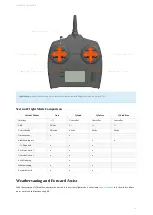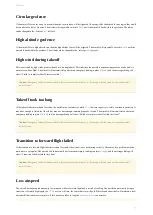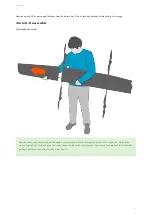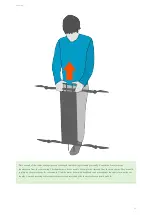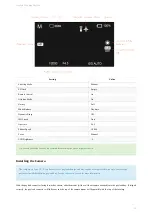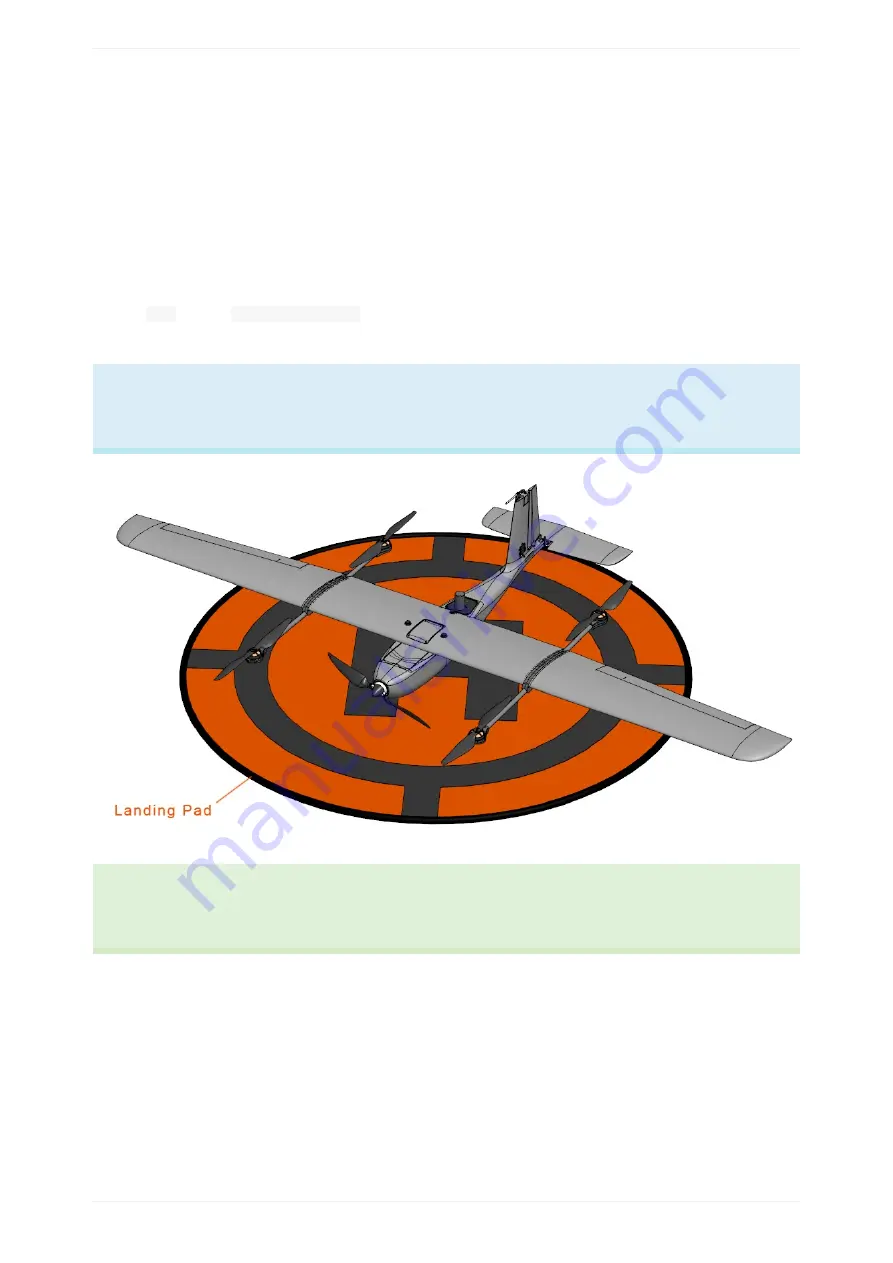
Landing
Landing area - Clear
The landing area must be clear of obstacles and bystanders, including obstacles that are tall enough to interfere with the transition
altitude, 30 m by default. Also ensure that everyone participating in the flight is aware that the aircraft will be approaching to land.
Landing - Start
Select the
Land
button
⇨
Start landing sequence
from the Flight M odes section in Swift
.
The aircraft will now fly the landing pattern as described within the
Typical landing accuracy is a 2 meter radius. All factors negatively affecting
reception can reduce your landing accuracy.
Flying in gusty wind conditions may also degrade accuracy
Tip: The thrust generated by the
propellers on takeoff and landing can kick-up dust and loose debris. Use a landing pad or
similar to reduce the amount of dust when flying from dusty environments.
Once on the ground, the aircraft will continue to spin the motors at idle for a few seconds and then automatically disarm and disable the
flight control surfaces.
If you change the flight mode to manual with the
controller (or some other flight mode) after landing, but before the aircraft
automatically disarms, then you will need manually disarm the aircraft from the
. The Disarm button is located on the Checklist
Tab. Ensure that the
indicates that the vehicle is disarmed, and the aircrafts status LED is blinking before approaching the aircraft.
Your landing location should be located on flat ground. An angled landing surface can interfere will the aircraft’s ability to sense when a
landing is complete and may result in a roll-over. If, for any reason, the
propellers do not stop spinning after the normal disarm
time, you may change the flight mode to manual with the
controller. Doing so will stop the motors from spinning, but you will have
Landing
82
Summary of Contents for Lynx VTOL
Page 6: ...Package Contents Package Contents 6...
Page 18: ...3 Right click on the USB Serial Port and select properties Getting Started 18...
Page 19: ...4 Swap to the Port Settings tab and select Advance Getting Started 19...
Page 86: ...Landing 86...
Page 87: ...Payloads Standard Mapping Payload Multispectral Mapping Payload Custom Payloads Payloads 87...
Page 94: ...Standard Mapping Payload 94...
Page 108: ...Mounting Custom Payloads 108...
Page 110: ...Post Processing Geo Tagging PPK Tagging Base Station Reference Stations Post Processing 110...
Page 114: ...Geo Tagging 114...
Page 130: ...Battery Charging Charging Storage Battery Management 130...
Page 136: ...Second Battery Start Charging 136...
Page 143: ...Second Battery Start Storage 143...
Page 149: ...Replacing the Main Propeller 149...
Page 167: ...Getting Logs 167...
Page 171: ...2019 02 11 Ensure the landing checklist matches the GCS landing checklist Manual Changelog 171...

